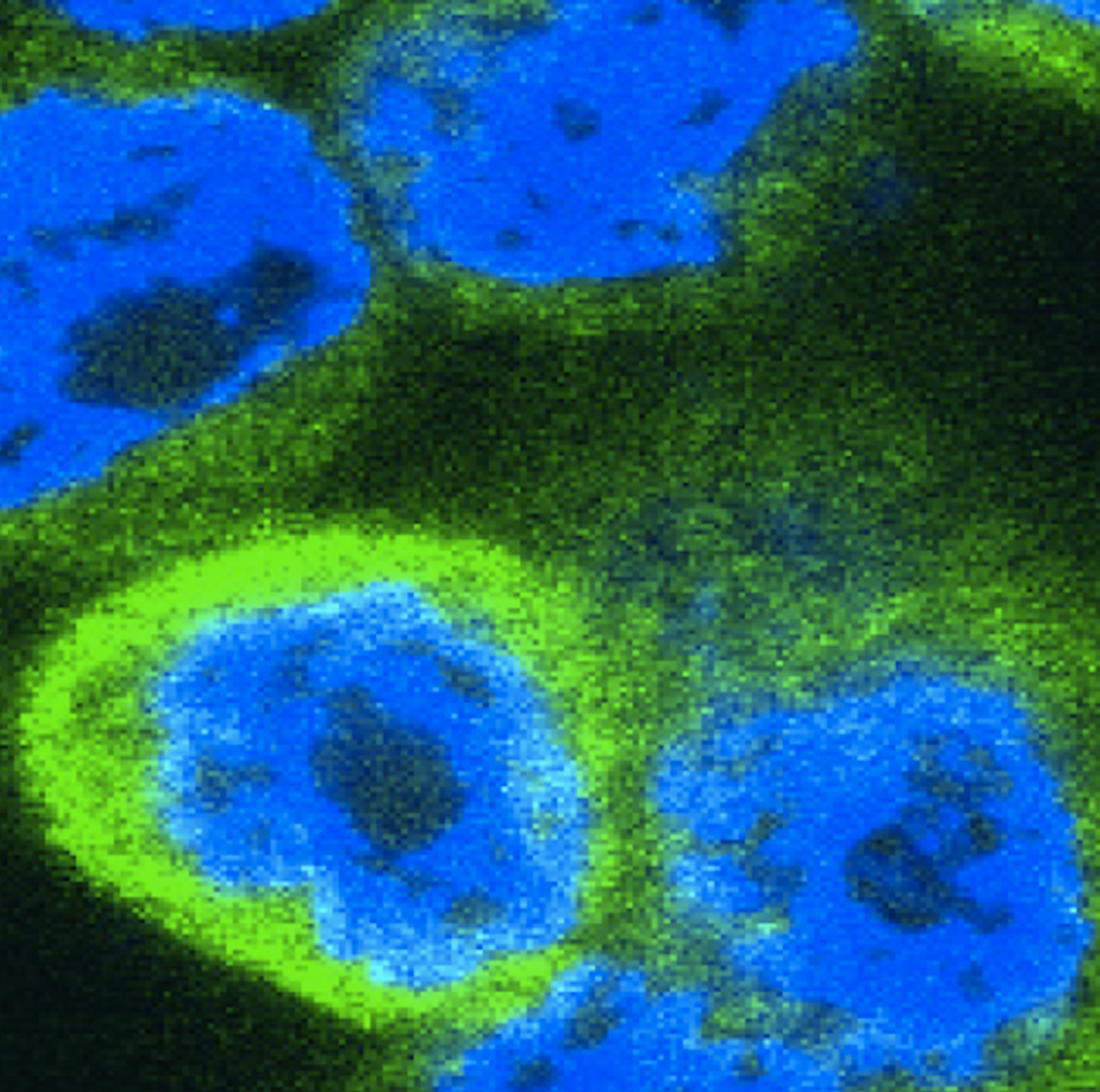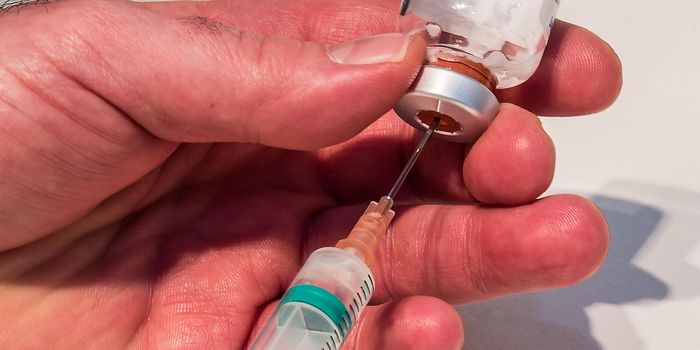A Totally New Role for an Immune Molecule is Revealed
Cytokines are crucial signaling molecules. When members of one family of cytokines called interleukin-1 (IL-1) are expressed, they are not usually fully active. Usually, these molecules have to be cleaved before they exert their effect. Researchers have now learned more about how IL-37, a mysterious member of the IL-1 family, functions once it is activated. This work has revealed that IL-37 does not turn down the immune response like we thought. Instead, IL-37 seems to promote inflammation. The findings have been reported in Science Immunology.
An overactive immune system can lead to a host of health problems, including autoimmune disorders like rheumatoid arthritis. While interleukins are essential signaling molecules that protect us from pathogenic invaders by activating the immune system, they can also become dysfunctional or overactive.
Interleukins are crucial regulators that help our immune systems respond to bacterial and fungal infections. But interleukin-37 has been "an enigma" because many mammals including mice don't carry it, which has been a "major obstacle to figuring out what it does," noted study leader Professor Seamus Martin of Trinity College Dublin. Research models are often essential to understanding various aspects of physiology.
The role of interleukin-37 has been the subject of debate, and its mechanism of immune suppression was unknown. This research has shown that the molecule is actually a potent pro-inflammatory signal.
“This pro-inflammatory impact was highly unexpected. Our work shows that the protein binds to an interleukin receptor in the skin that is known to play a key role in driving psoriasis. And, to add further intrigue to the story, this brings the total number of immune alarm molecules that signal via this particular interleukin receptor to four," said Martin.
“Why there are so many interleukins that bind to the same receptor is a mystery, but if we were to speculate it may be because this receptor serves a very important sentinel function in our skin, and that one alarm protein may simply not be enough to respond to the many different infectious agents that our skin encounters. Our skin is the major barrier between our bodies and the outside world that microbes must breach if they are to gain entry to our bodies and, in many respects, represents the first line of defense in our immune systems.”
Interleukin-37 and other immune signals might have evolved as special variations on a theme; our bodies use distinct enzymes that are unique to certain pathogens to activate immunity, enabling the immune system to detect what kind of infection it is reacting to.
Sources: Trinity College Dublin, Science Immunology









